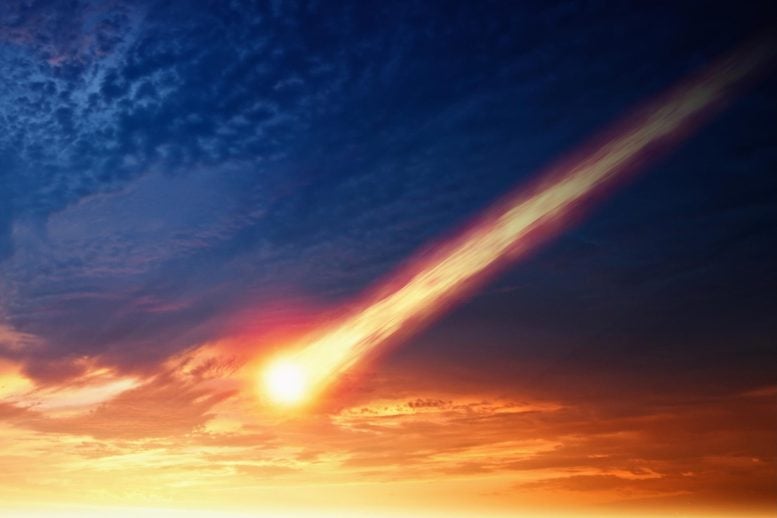
Geoscientists discovered several dozen small impact craters in southeastern Wyoming.
Several dozen small impact craters, 10–70-m in size, have been discovered in southeastern Wyoming.
A team of U.S. and German geoscientists found these ancient craters in exposed sedimentary layers from the Permian period (280 million years ago). After discovering the first craters, the team initially suspected that they are a crater-strewn field, formed by the breakup of an asteroid that entered the atmosphere. However, with the discovery of more and more craters over a wide area, this interpretation was ruled out.
Many of the craters are clustered in groups and are aligned along rays. Furthermore, several craters are elliptical, allowing the reconstruction of the incoming paths of the impactors. The reconstructed trajectories have a radial pattern.
“The trajectories indicate a single source and show that the craters were formed by ejected blocks from a large primary crater,” said project leader Thomas Kenkmann, professor of geology at the University of Freiburg, Germany. “Secondary craters around larger craters are well known from other planets and moons but have never been found on Earth.”
The team calculated the ballistic trajectories and used mathematical simulations to model the formation of the craters. All of the craters found so far are located 150–200 km (93-125 mi) from the presumed primary crater and were formed by blocks that were 4–8 m (13-26 ft) in size that struck the Earth at speeds of 700–1,000 m/s (1,600-2,200 mph). The team estimates that the source crater is about 50–65 km (31-37 mi) in diameter and should be deeply buried under younger sediments in the northern Denver basin near the Wyoming-Nebraska border.
Reference: “Secondary cratering on Earth: The Wyoming impact crater field” by Thomas Kenkmann, Louis Müller, Allan Fraser, Doug Cook, Kent Sundell and Auriol S.P. Rae, 11 February 2022, Geological Society of America Bulletin.
DOI: 10.1130/B36196.1

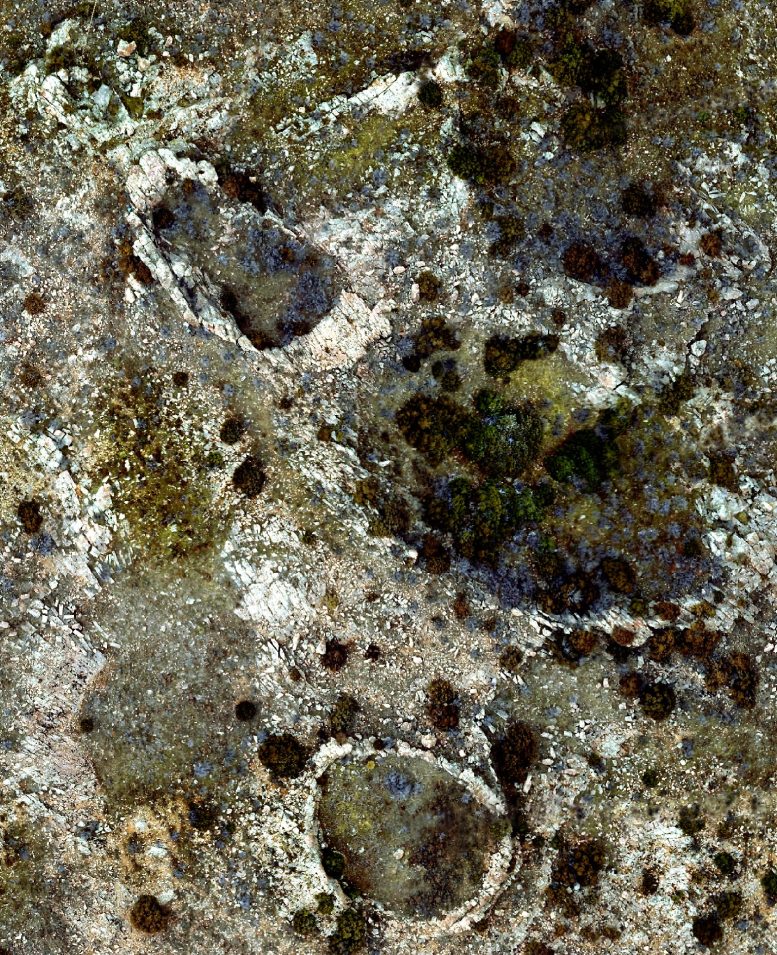
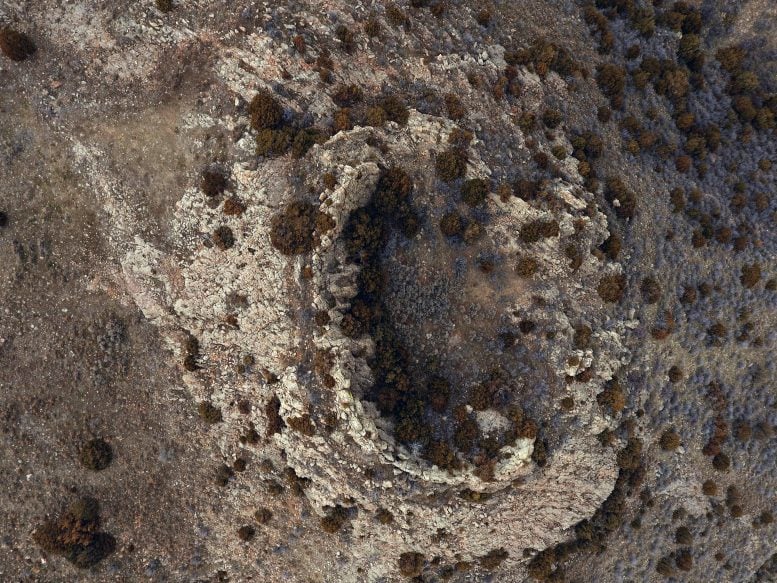
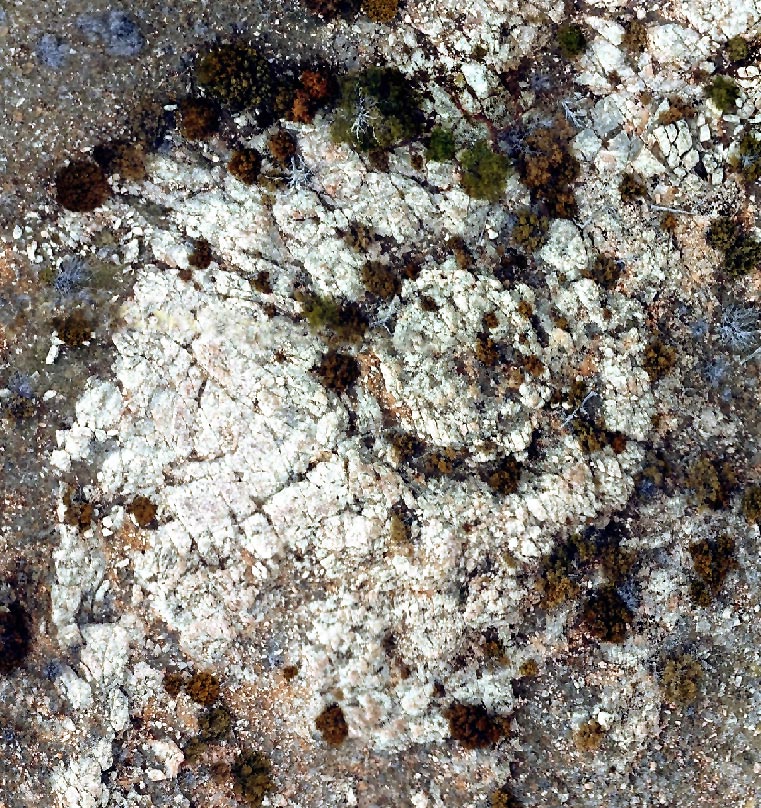


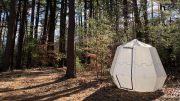
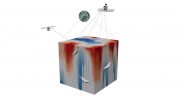



I have seen some of the craters in eastern Wyoming and they certainly exist but the secondary impact hypothesis of their origin is quite controversial. The area where the suspected large impact at the Wyoming – Nebraska border has been extensively explored and drilled for oil and gas and there is no evidence of a large buried impact structure.
I seeem to recall that when we were at Meteor Crater in Arizona you can see several small depressions around the area that were from rocks that had been thrown up by the impact and landed up to a few miles away. They were fairly small, like ponds for livestock. Wouldn’t that be secondary craters on a smaller scale?